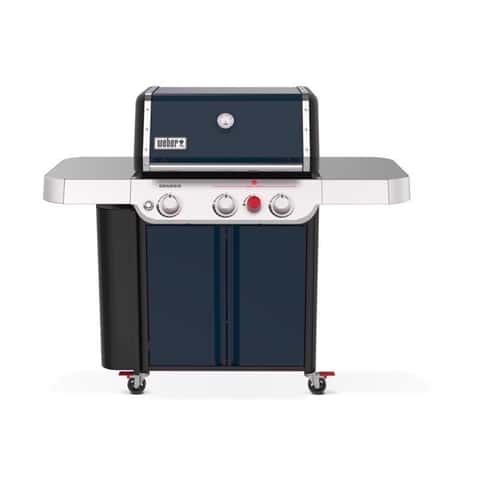In today’s fast-paced digital landscape, brands must go beyond traditional advertising to capture audience attention and build genuine connections. One of the most effective strategies is partnering with influencers but not just any influencers. The real magic happens when brands supercharge their marketing efforts through curated influencer collaborations that truly work. These curated partnerships involve careful selection, strategic alignment, and shared values, ensuring that both the influencer and the brand benefit in ways that resonate deeply with the target audience. Unlike random or one-off influencer deals, curated collaborations are based on deep research and compatibility. This begins with identifying influencers whose personal brand, voice, and audience naturally align with your brand’s identity. For instance, a fitness brand partnering with a wellness influencer who consistently promotes healthy living feels organic and authentic. The influencer’s audience is more likely to trust and engage with the content, resulting in higher engagement rates, increased brand awareness, and better conversion.
Instead of simply handing influencers a script or pre-set brief, leading brands invite them into the creative process. This gives influencers the freedom to present the product or service in a way that aligns with their unique style and tone. Co-created content is not only more authentic but also performs better because the influencer’s followers can sense when something is genuine. It creates a storytelling environment that does not feel like a sales pitch, but rather a recommendation from a trusted friend. Data also plays a vital role in curating successful influencer collaborations. Analyzing metrics like audience demographics, engagement rates, past campaign results, and even sentiment analysis helps brands make informed choices. It is not just about the number of followers anymore; micro and nano influencers with smaller but more engaged audiences often yield better ROI than mega influencers. Curated collaboration focuses on influence over popularity, and relevance over reach.
Moreover, curated influencer marketing fosters long-term relationships, not just one-time promotional pushes. These ongoing partnerships help build a consistent brand presence and nurture a loyal community over time. When followers see repeated and sincere endorsements, trust grows. This trust translates into stronger brand loyalty and more sustainable growth. Brands can even turn Influencer Marketing Agentur Wien into brand ambassadors, granting them deeper involvement in product development, exclusive launches, or campaign strategy. Ultimately, curated influencer collaborations are about quality over quantity. They require more effort, planning, and personalization but the payoff is well worth it. When done right, they lead to authentic engagement, meaningful conversions, and a powerful brand reputation. In a world saturated with content, audiences crave realness and relatability. By strategically selecting the right influencers and building genuine partnerships, brands can supercharge their marketing in ways that traditional methods simply cannot match.








